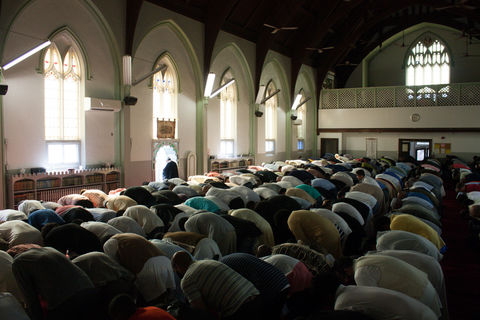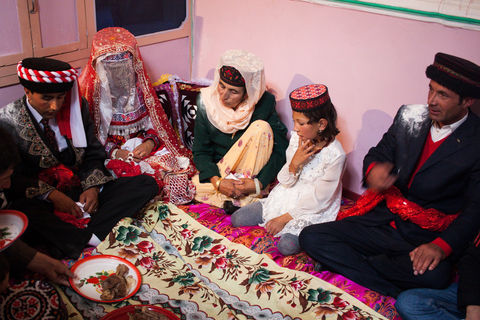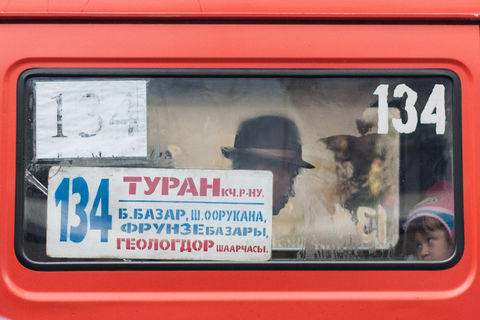Kashgar – City of Two Worlds
In China the historical cities can be grouped into two sets based on the layout of their streets. The walled cities with a grid pattern are built by the Chinese and cities with organic streets are developed by Europeans. Kashgar in its original form is a walled city with organic streets but it's neither an ancient Chinese city nor a city grew from colonialism. Situated at the very western edges of the Taklamakan desert it is one of the most historically significant city located on the Silk Road. The northern and southern route of the Silk Road meets here from the east and then splits again as routes continues westwards toward Europe. The old part of town is indistinguishable from cities like Marrakesh or Bukhara. The smells and sounds are indicative of an entirely different world. It's the reason why some people call Kashgar the least Chinese like city in China.
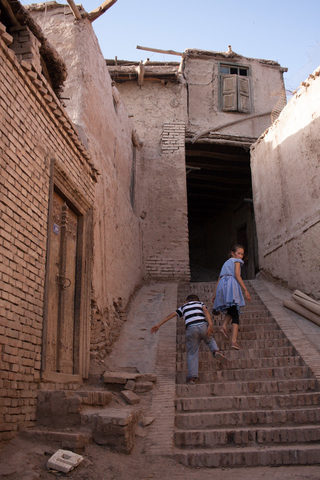
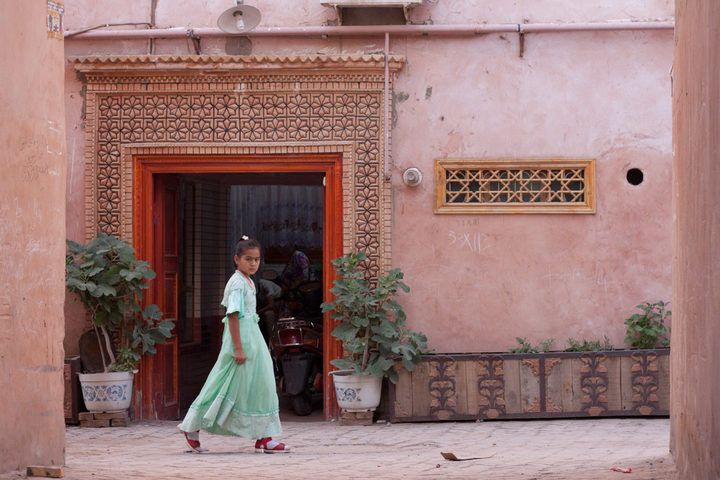
The old city is centred around its main mosque, Id Kah, the largest in China. A large square fans out form the entrance to accommodate events such as the overflow of prayers during Eid. Streets in the old town are narrow and filled with activity during the late afternoon and night. Vendors fill the main streets turning into markets leaving little room for traffic. The fruit sellers would often yell out "beshkuai" a combination of Uyghur and Chinese. It means "5 bucks" (besh is five in Uyghur, kuai is Chinese for bucks) referring to the pricing per kilo (in the rest of China price is per 500g). In the narrower alleyways, mischievous kids play without any supervision. Many small neighbourhood mosques can be found among the alleys just like in Italy where small chapels are scattered around towns. During the evening and well into the night the night market becomes the busiest area of the city. The smoke from shashlik stands can be seem a kilometer away and likely linger on you for the rest of the night.
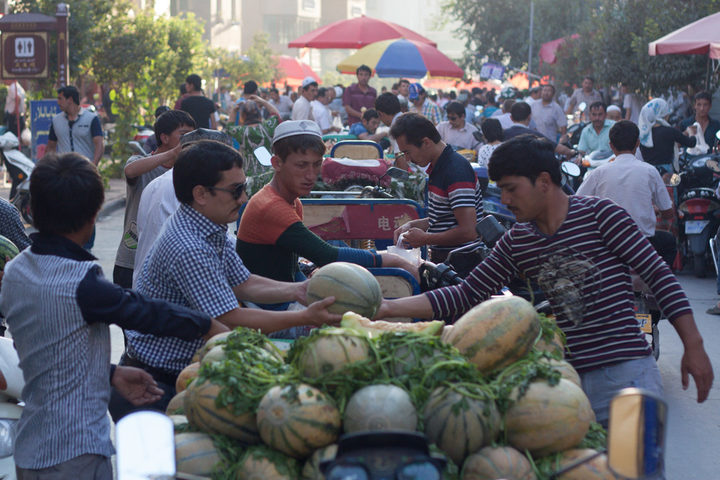
Kashgar also has another square, the People's Square, a miniature version of Tian'anmen square a short walk from Id Kah. Extending away from the old town are patches of the newer Chinese city and older Uyghur neighbourhoods. Sometime there is no transition between these neighbourhoods, as soon as you step out of a Uyghur block you would walk into wide avenues and functionalist buildings. Separate economies seem to operate in the city. The Uyghur businesses would have their clocks set to local time, two hours behind official China time. Meanwhile, Han Chinese sticks to Beijing time, which can be amusing seeing tourists waking up at unusually early hours or asking why the locals eat so late in the evening. Stepping inside a Uyghur supermarket one would fine imports from Turkey and Central Asia products that would never find in a Han Chinese store. Shops that sell fashion and make ups also differs wildly between Uyghur and Han districts. It's as if some city streets act as borders and city blocks are ethnic enclaves.

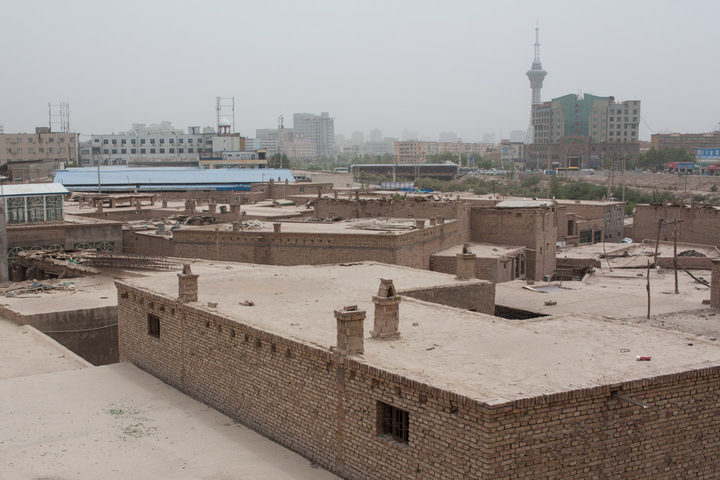
The Uyghur children playing in the streets know no more Chinese than a European tourist who just entered China from Kyrgyzstan. They often greet you with a friendly "Hello" instead of NiHao or salaam. It's also common to see young adults not being able to speak Mandarin, since Uyghurs can choose to study in Uyghur only schools. While those who choose bilingual schools are usually aiming to enroll in a Chinese university later in life. In comparison, the Han/Hui student would choose to study in Chinese schools and know nearly no Uyghur even growing up in a Uyghur majority area.
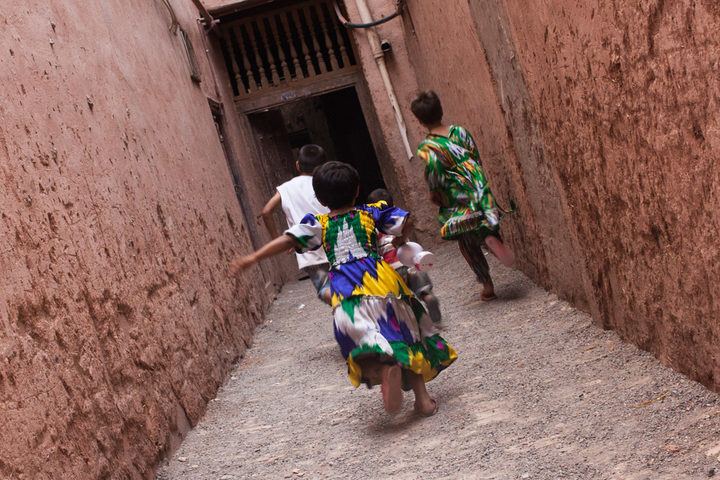
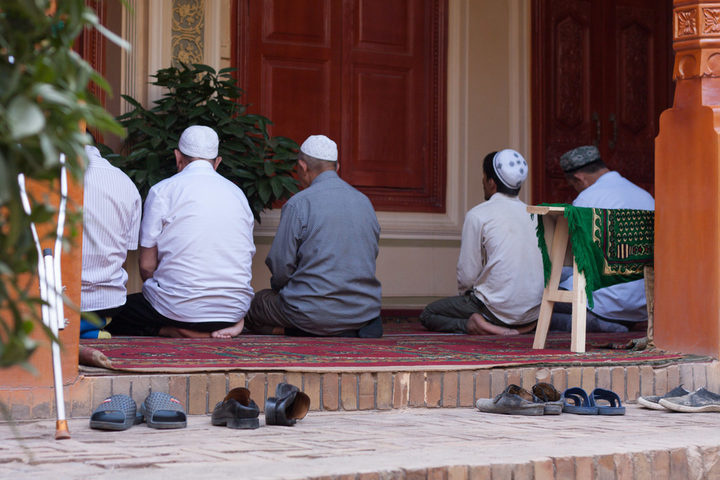
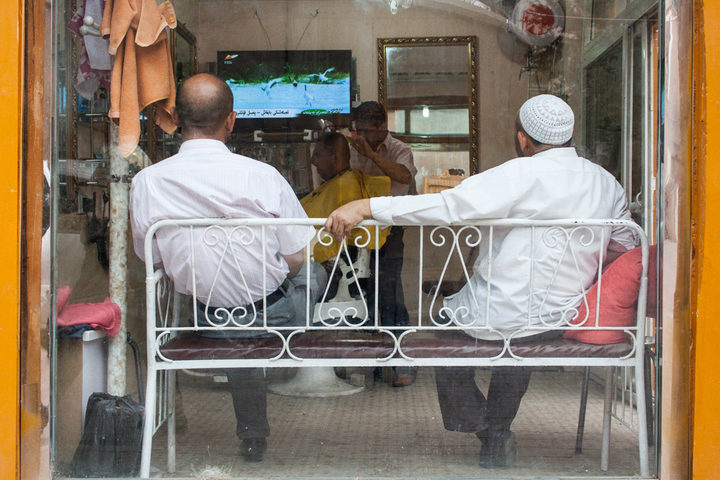
The Uyghurs living in the city has a strong sense of cultural identity and unity. They still maintain their music, dance and traditional garments something the Han Chinese no longer has. Women of all ages still dress in traditional Uyghur dresses and everyone seems to know how to dance. On TV I never saw the local Uyghurs watch anything resembling of East Asian channels. Instead the programs are so foreign one would ask if it's a broadcast from Turkey. A Uyghur teenager once asked me "Do you think we are white or yellow?" He responded to his question believing he was white. What's more, he studies Uyghur history on his own since he felt schools skipped over much of their history. It maybe that Kashgar skyline would no longer look like the past but its people will likely keep this city uniquely different.

